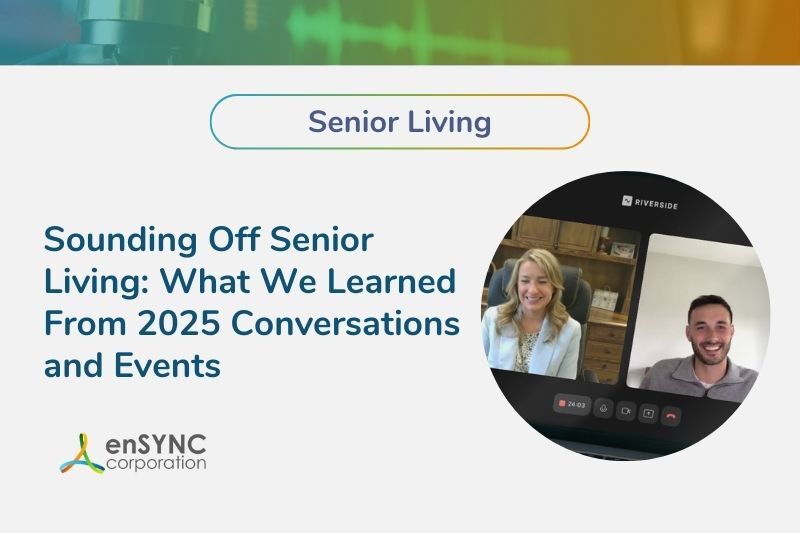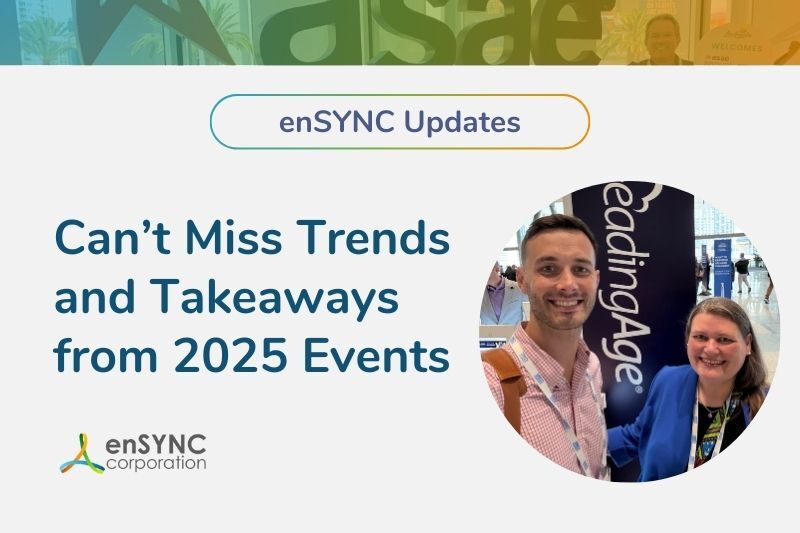Strategy & planning | Nonprofits
The Comprehensive Guide to Strategic Planning for Nonprofits
September 20, 2019
|
What is Strategic Planning?
Most organizations have a strategic plan, although some plans are definitely better than others. (And occasionally, organizations operate without one altogether!) A strategic plan is a document in which you define your nonprofit’s goals and the strategies you will be using to meet those goals.
Unlike a mission statement, which is short and focused, a strategic plan is a living document that can be changed and amended as you learn more about your organization.
Why Create a Strategic Plan?
Being without a strategic plan can leave a nonprofit feeling adrift. Understanding the benefits of having a strong strategic plan will help you create one that meets all of your organizational needs. So what are those benefits? Why do you need to create an effective strategic plan?
It provides a clearer focus for the organization, for greater efficiency and effectiveness.
An unfocused organization is an ineffective organization. The process of creating a strategic plan requires careful evaluation of every aspect of your nonprofit, and that increases your whole team’s understanding of what is working and what needs to change.
A strategic plan also helps nonprofits avoid “mission creep,” which is what happens when an organization unintentionally shifts away from its original mission and ends up working on things they never planned to do. This is especially a problem if it distracts everyone from the actual, articulated mission.
Bring your team together and allow their voices to be heard.
The strategic plan allows everyone in the organization to have a voice.
When you take the time to listen to the perspectives of people at all levels of the organization, you end up with a much fuller picture.
Who Should You Include in the Process?
Sometimes, organizations are tempted to limit their strategic planning process to their major decision-makers. This, however, creates an incomplete understanding of what the nonprofit is doing, what is going well, and what needs to be improved. Before you start your strategic plan, you should collect information, input, and data from people throughout the organization. Once you have a draft, you can get input from those same people to see if everything seems doable, realistic, and in line with the mission.
Staff and Board
Your staff and Board of Directors are going to be some of the most important voices in the strategic planning process. Make sure to speak with people who have been around for a long time and carry with them important institutional history, but also take into consideration the perspectives of people who are brand new to the staff or board.
Volunteers
Volunteers know what it is like to be connected to the organization, even though they are not employees. They care about the mission enough to show up and give their time and energy, and that makes them great contributors to the strategic plan.
External Stakeholders
Identifying valuable external stakeholders should also be part of your planning. Who do we mean by this? Donors, corporate partners, and community leaders are all potentially “external stakeholders.” These voices can let you know how you are perceived by people outside of the organization, and they can tell you what gaps they see in your current operations.
An Outside Consultant or Facilitator
Many organizations bring in an outside consultant or facilitator to help work through the strategic planning process. In addition to bringing a fresh perspective, these consultants have experience with successful strategic plans and know what should be included and what should be left out.
How Much Time Will You Need?
Many experts say that creating a strategic plan will take somewhere between 3 and 4 months to complete. It would be pretty impressive if you could get it done in less time than that. It is also possible that it will take even longer, especially for a large organization. If you have numerous departments and hundreds of employees, you are going to have a longer process. The more people you involve in the research stage, the writing stage, and the revision stage, the longer it will take as well.
Tips from the Best Nonprofit Consultants
We recently wrote about tips from some of the best nonprofit consultants in the nation! Let’s listen to the experts and take a look at some of the ideas from that post that can be applied to strategic planning.
Don’t neglect technology.
There are a number of technologies that can help you in the strategic planning process! Communication software, research and data analysis apps, and programs that help with drafting and revising are just some of the tech solutions that can make your strategic planning go more smoothly.
Communication software, research and data analysis apps, and programs that help with drafting and revising are just some of the tech solutions that can make your strategic planning go more smoothly.
You should be mission-driven.... but the mission should be sustainable.
An unsustainable mission will create huge problems for your nonprofit, especially as it grows over time. Naomi Maisel of First Step Staffing said, “We've taken the existing financial model of a temporary staffing agency and made it work for our mission, using our position as [an] employer to give opportunities to those with barriers to employment (i.e. homelessness, criminal background, veterans, etc.). By making the mission itself profitable, we ensure its long-term sustainability and reduce our dependence on philanthropy.”
Work with a nonprofit consultant.
By researching what these nonprofit consultants have to say, our belief in the importance of highly qualified consultants was affirmed. Your strategic planning needs should be addressed by people who understand two important things:
The needs of nonprofit organizations and the ways that technology can support nonprofits in their goals.
Where Do You Start?
Whether you are creating a strategic plan from scratch or revisiting one that already exists, you can take steps now to ensure strategic planning success.
SWOT Analysis
One of the first steps you can take is to complete a SWOT Analysis: Strengths, Weaknesses, Opportunities, and Threats. (This is one of those great places to bring in a consultant, by the way!)
Interviews
Remember all the people we recommended should be involved in this process? Start by interviewing them, either individually or in groups. This can be part of your SWOT analysis, although it can also be to get their brainstormed ideas for the strategic plan.
What Should Your Strategic Plan Include?
Don’t worry if you are not sure what your strategic plan should include! We’ve got you covered.
Summary
The summary goes at the beginning of your strategic plan, but you won’t be able to write it until you are done with the rest. A summary shortens the overall plan into a more manageable length that can be easily distributed to your stakeholders to communicate what the plan involves.
Vision, Mission & Values
Your vision, mission, and values may very well be spelled out already. Look at those three things and ask yourselves: is this as comprehensive, realistic, and aspirational as it should be? Is the language clear? Are these things able to be accomplished through short term and long term goals?
Objectives
Objectives should be clearly worded and, most importantly, measurable.
You should be able to easily measure the success or failure of each objective.
Advocacy
What are your advocacy objectives? As we discussed in our post on advocacy for nonprofits, advocacy is about working to influence policy changes that meet your mission. An excellent way to measure the success of an objective is for that objective to be policy-based. The successful passing of a policy marks an accomplished objective, whereas an unsuccessful or negative policy change demonstrates a failed objective.
Fundraising
Fundraising is another way of measuring the success of your objectives. Define your fundraising goals effectively and you can definitively answer the question of whether or not you are succeeding.
Some quick fundraising tips include: Run several small fundraising campaigns a year, making giving as easy as possible, balance your appeals between logic and emotion, and always express your gratitude. Read more in our post about nonprofit fundraising!
Programs & Education
Don’t neglect to have programming and educational goals in your strategic plan. Don’t limit your strategic plan to all new programs, but also include which programs you want to continue providing as they are, and which ones you want to improve on.
Marketing
If you have a marketing department, bring them in for this part of your strategic planning. They will have a better idea of what marketing needs your organization has and what small goals can help accomplish those goals. Your strategic plan can include numbers and data, but also marketing ideas and key points that you want to emphasize in your marketing materials.
Technology
What technology improvements do you want to make to your organization? What needs to change in order to accomplish those goals? Consider how great use of nonprofit technology can make your organization more accountable to your donors and stakeholders, get more exposure for your programs and cause, more effectively mobilize, boost fundraising, and generate revenue.
SMART Goals
Familiarize yourself with SMART goals: Smart, Measurable, Attainable, Relevant, and Timely. Organizations with SMART goals are more likely to reach those goals!
What Do You Do After the Strategic Plan Is Complete?
When all this hard work is over, what do you do with this plan?
Presenting the Plan
Present the plan to the same people who contributed to it: your staff, board, volunteers, and external stakeholders. You may want to have a window available for people to make comments, but eventually, the plan is complete and fully revealed to all of your stakeholders.
Implementation
Implementing the strategic plan can be done in several stages, as it is not designed to be implemented all at once. Your goals and objectives should be staged so that you can accomplish them in successive order.
Monitoring & Evaluating
Because the strategic plan is implemented over the course of months or even years, you need to remind yourself to keep the plan nearby for regular evaluation. Are you meeting your SMART goals? Is everyone doing their part?
Making Changes
The strategic plan shouldn’t be changed at whim, but it also is not carved in stone. When circumstances change or the organization must respond to unexpected events, it is okay to make changes to keep your plan relevant and useful.
Are you ready to start your strategic plan?
We hope so! Strategic planning can be intimidating, but there are two ways to ensure success: 1) break it into small, manageable pieces, and 2) get the help you need.
Need a strategic partner?
If you need a strategic partner, let’s talk! Our consultants understand the ins and outs of strategic planning, especially as it relates to technology support. Contact us today to schedule a consultation and get started on your organization’s new and effective strategic plan!
Resources
Recent Posts

The Best of the Blog 2025 — A Year in Review
From forward-looking trend analyses to powerful case studies and thought-provoking conversations, the enSYNC blog featured a host of great content in...

Sounding Off Senior Living: What We Learned From 2025 Conversations and Events
As senior-living leaders navigate 2025’s rapid shifts in workforce, technology, regulation, and resident expectations, one theme has become...
Enjoying our blog?
At enSYNC, we want to empower associations and nonprofits to make well-educated decisions. If you want our industry knowledge (and other free guides) sent directly to your inbox, fill out the form below.





